Technically we can define speaker, as a component which converts the electrical signals into the equivalent air vibrations to make audible sound.
To understand the working of a speaker, we first need to understand the concept of sound. A sound is nothing but vibrations in air particles. When a sound source generates a sound, it generally makes a vibration in its surrounding air particles which finally reaches to our eardrum. Sound is characterized by the parameters like frequency, speed, fluctuation, pressure, etc.
The speaker works on the same concept. It produces vibrations in air particles in order to generate a sound. Let’s have a look to its outside formation.
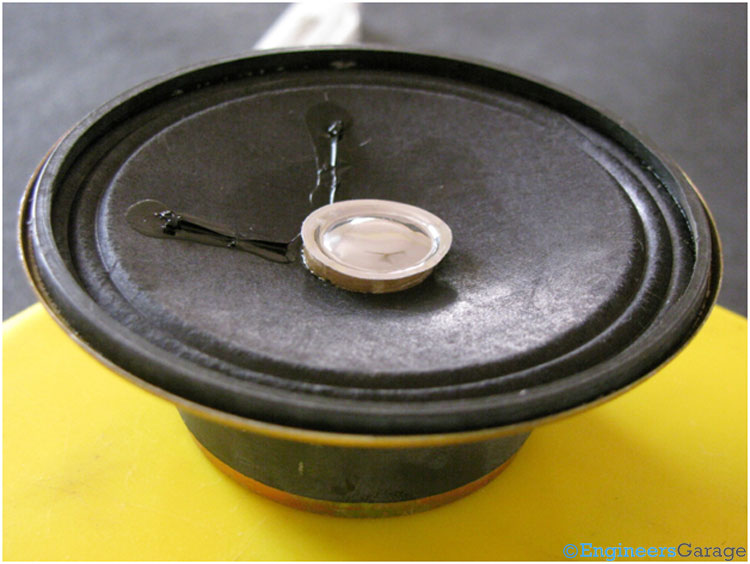
Fig. 1: Design of Speaker—Outer View
Connection Points
The main parts of a speaker are:
1. Diaphragm
2. Dust Cap
3. Basket or Chassis
4. Permanent Magnet
5. Lead Wires
6. Voice Coil
7. Spider
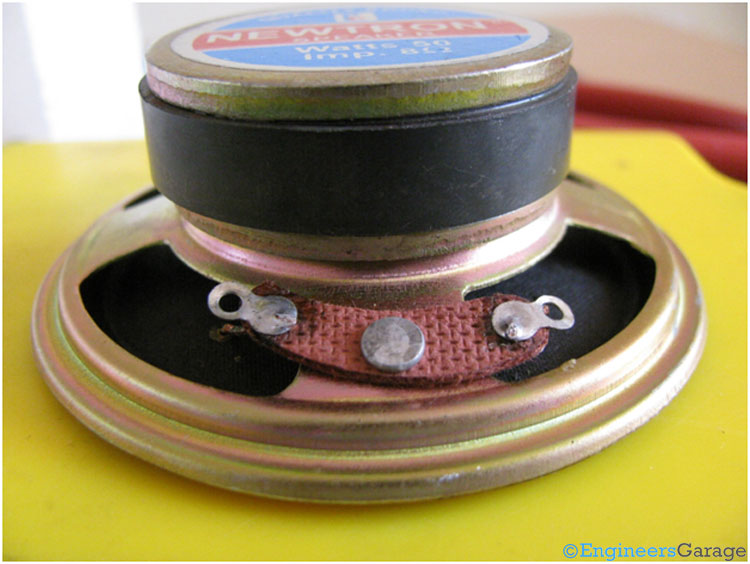
Fig. 2: External Arrangement of Speaker
The above picture shows external arrangements of a speaker. The two terminals through which we give the electrical signals to voice coil as input, are directly connected to two ends of the coils.
Diaphragm
The Diaphragm is the part of the speaker that is used to generate sound. It is generally made of a material mixture of paper, plastic and metal.
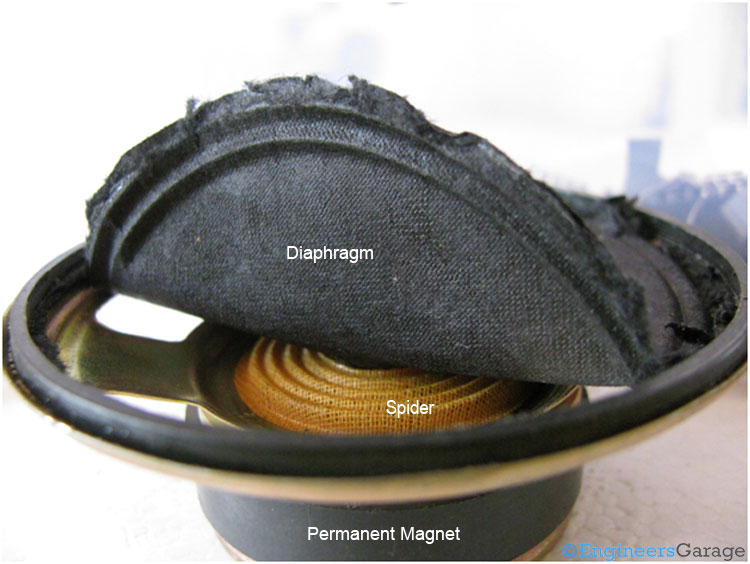
Fig. 3: Diaphragm, Spider, and Permanent Magnet
When we remove the diaphragm, we can have an observation that how exactly the coil is attached with the spider.
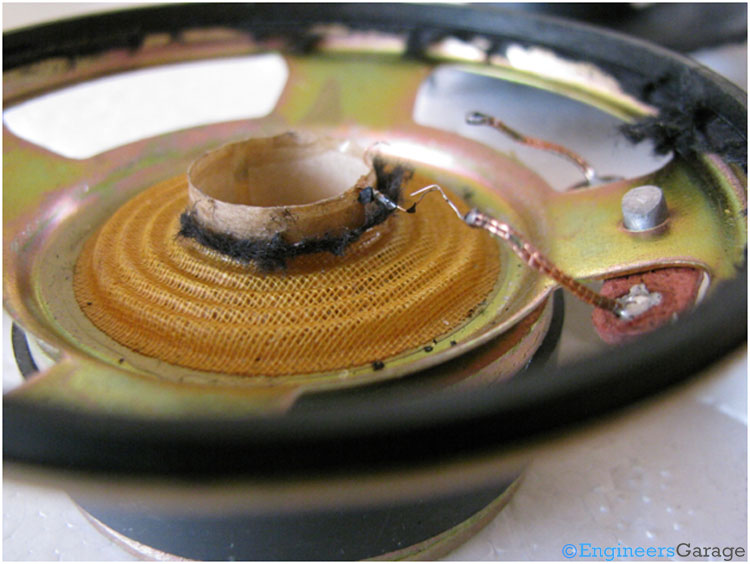
Fig. 4: Connection Pattern of Spider With Voice Coil, Diaphragm, and Wire Connection Voice Coil to External Terminals
The image shows the view of spider which is attached with the coil as well as diaphragm. The voice coil is directly connected with the external terminals.
Voice Coil Arrangement
The Spider is made of materials like cotton, connex, flax or mixture of cotton and connex.
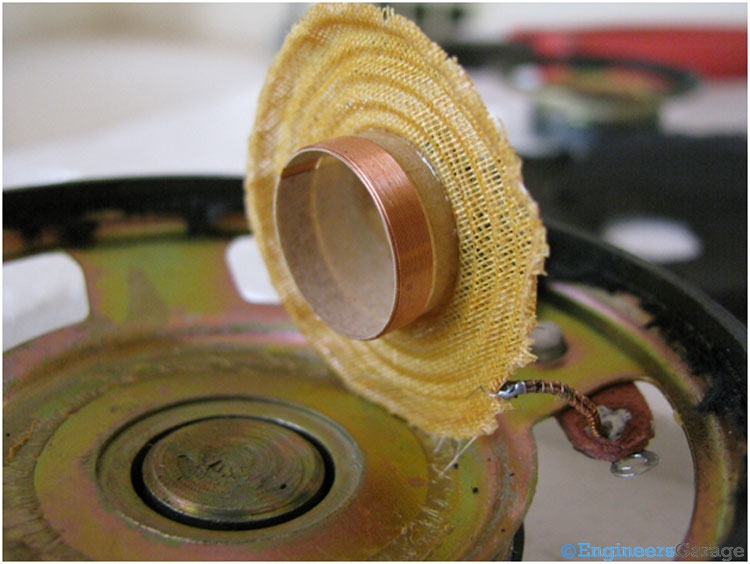
Fig. 5: A Closer Look of Spider and Positioning of Voice Coil
As we can see, the voice coil is positioned between a gap. It is done to allow the movement of voice coil in the fixed region of permanent magnet’s magnetic field.
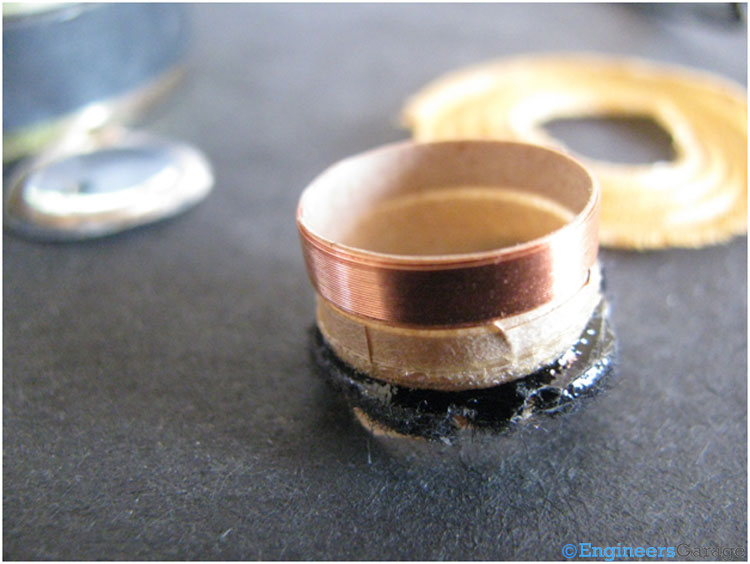
Fig. 6: Closer View of Voice Coil, which Acts as Electromagnet
The above image shows the voice coil which is the heart of a speaker. It is generally constructed using copper wires or aluminum wires. It acts as an electromagnet when current passes through it.
Working
Working of Speaker:
All these components makes a synergism to take input as an electrical signal through lead wires and send output as vibrations in air particles through diaphragm. Magnets and sound coils play an important role to produce vibrations exactly equivalent to correspondent electrical signals.
When electrical signals pass through the voice coil, an electromagnetic field is generated around the coil which interacts with the magnetic field of the permanent magnet. The positive end of electromagnet is attracted by negative end of the permanent magnet and negative end of electromagnet is repelled by negative end of permanent magnet. The electric signal continuously changes its polarity, thereby changing the direction of the magnetic field continuously and in result of this, the coil moves back and forth according to the input electrical signal.
This coil movement makes moves the spider and diaphragm which in turn makes vibrations in the surrounding air particles.
The main body which defines the shape of a speaker, also known as “Basket” or “Frame” or “Chassis” is shown in the image below.
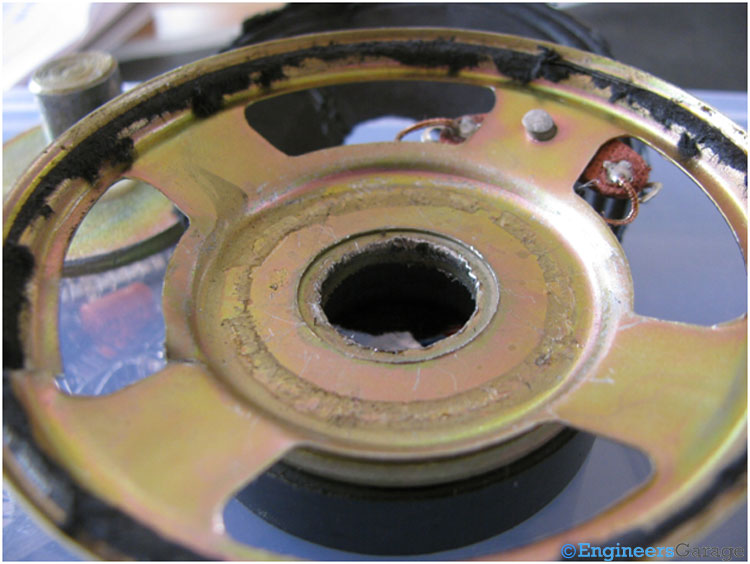
Fig. 7: Main Body of Speaker—Known as Basket, Frame, or Chassis
Mechanical Part
The following image shows the other important parts which help to structure a speaker.
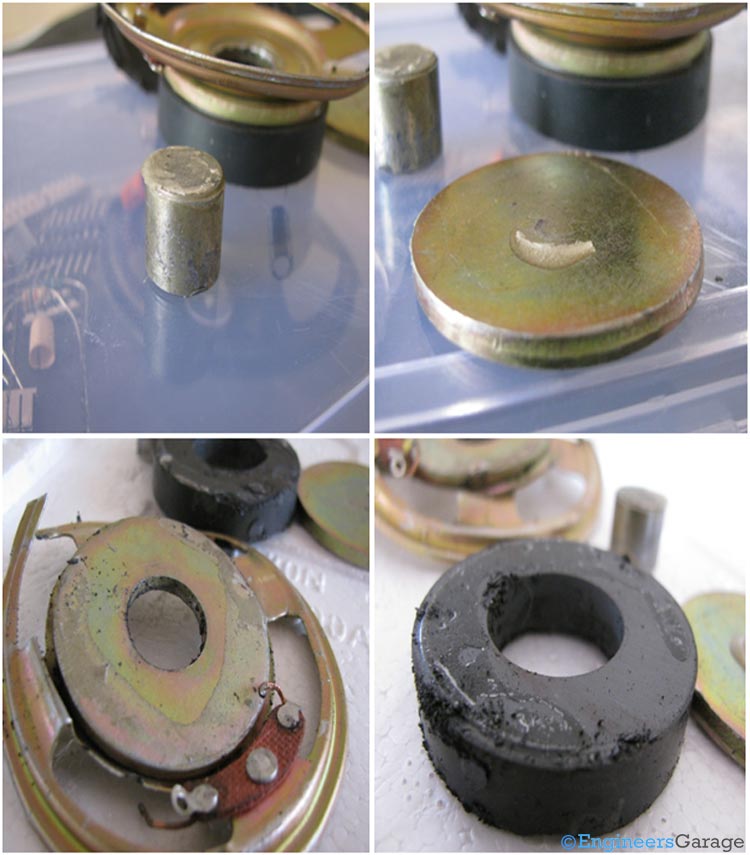
Fig. 8: Various Parts of Speaker
Filed Under: Insight


Questions related to this article?
👉Ask and discuss on Electro-Tech-Online.com and EDAboard.com forums.
Tell Us What You Think!!
You must be logged in to post a comment.